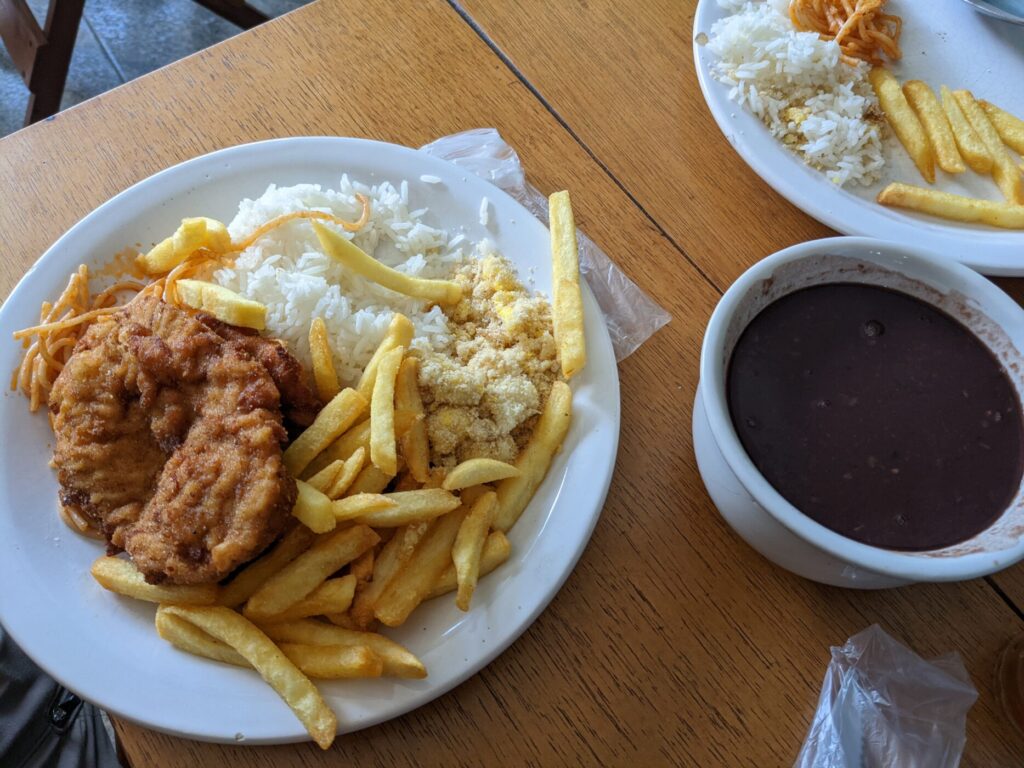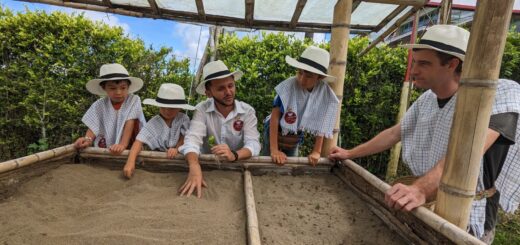11 South American Luxuries We’ll Miss in the USA
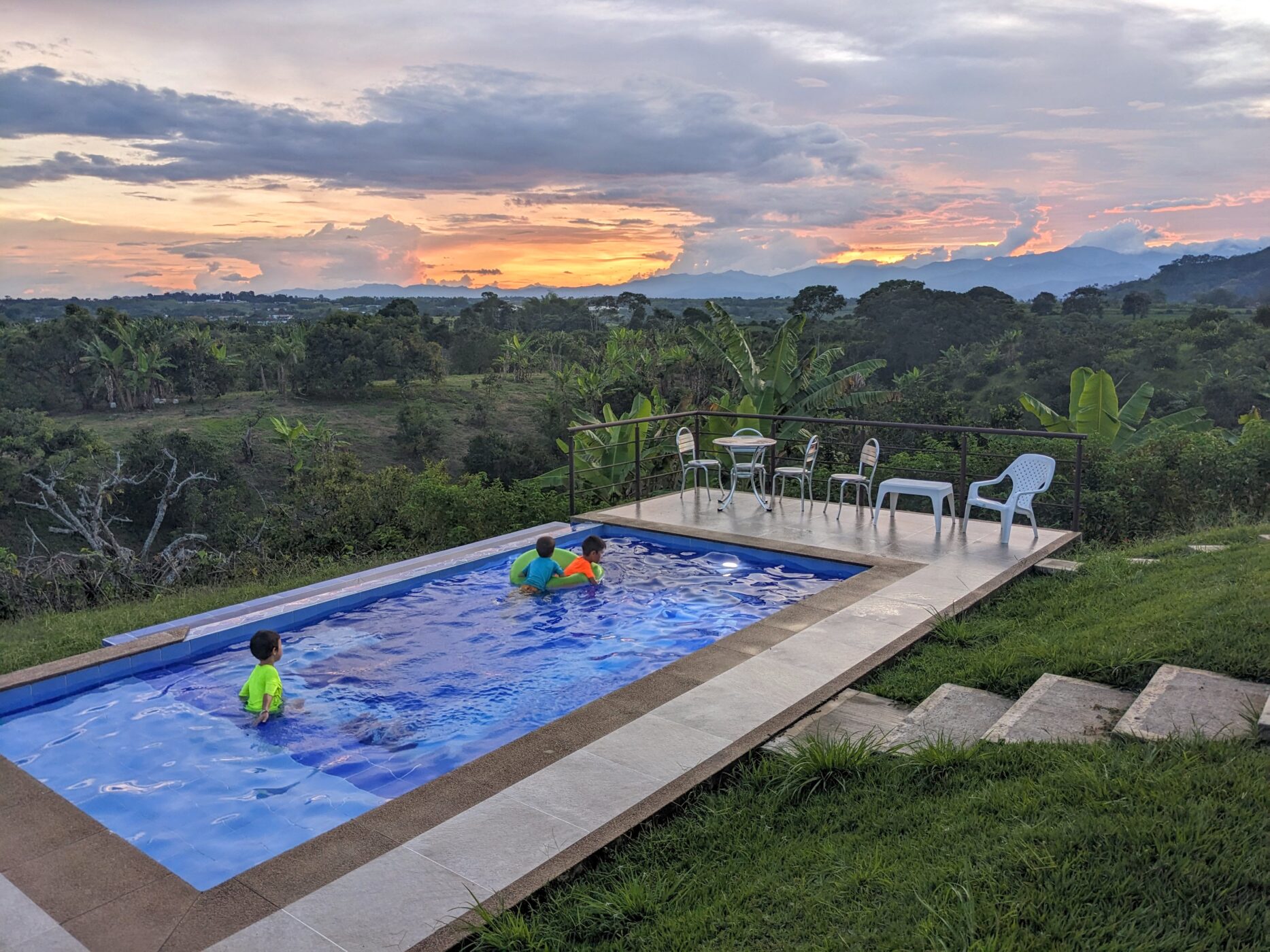
You might not think of South America as a land of luxury, especially compared to the United States. But that all depends on what you consider to be the high life. There are so many things our family will miss now that we are home, and will likely draw us back in years to come.
The Flip Side of Wealth
Our family of five traveled for a year in South America, starting in Brazil, making our way around the southern cone, and then returning back up the Pacific Coast (it’s not quite that simple, here is a more detailed itinerary, and here is a map). Months after we left home, we noticed all the things we missed from the United States and wrote a post called 11 U.S. Luxuries That Are Rare in South America. This is the counterpart to that post. Now that we are back, what are the things we wish we could bring home with us to the States?
It’s no secret that on a material basis, the median South American has far less than the median American. In fact, many of the “luxuries” I name below are a direct consequence of the average citizen having less, and society providing solutions that benefit everyone (see items 1, 3, 5, 10, and 11). Others are even the flip side of luxuries I named in my other article (see item 5), because everything has its tradeoffs.
I hope you enjoy this post. If you think I missed a “South American luxury,” I invite you to let me know in the comments!
Table of Contents
- The Flip Side of Wealth
- 1. Public Transportation
- 2. Fresh Fruit Juice for Every Meal
- 3. Lower Carbon Footprint
- 4. Novel Landscapes
- 5. Mom & Pop Shops and Traditional Markets
- 6. Simpler Pricing
- 7. Everyone Has Time
- 8. No Daylight Savings Time
- 9. Proximity to the Cultivation of the World’s Finest Food Products
- 10. Repair Anything
- 11. Lunch Ain’t Free, But It’s Pretty Close!
1. Public Transportation
Sure, the U.S. has public transportation, mostly in metropolitan areas, but nothing like in South America.
In every country we visited you can get from anywhere to anywhere via bus, van or taxi. No matter how remote. The prices are reasonable and the seats are plenty.
The modes of public transportation — whether it be the long haul buses that run between cities in Colombia, the colorful Micros (city buses) in Buenos Aires that shuttle people between neighborhoods, the modern teleférico lines (cable cars) in La Paz, or the Trufis (vans pretending to be buses) that travel from village to village in Bolivia — are widely and commonly used.
About half the time, we opted to drive a rental car. Having three boys that pee at frequent and unsynchronized intervals, this had its advantages. But it was always a relief to be able to ditch the car, get on a bus, and let someone else brave the rough country roads and chaotic city streets.
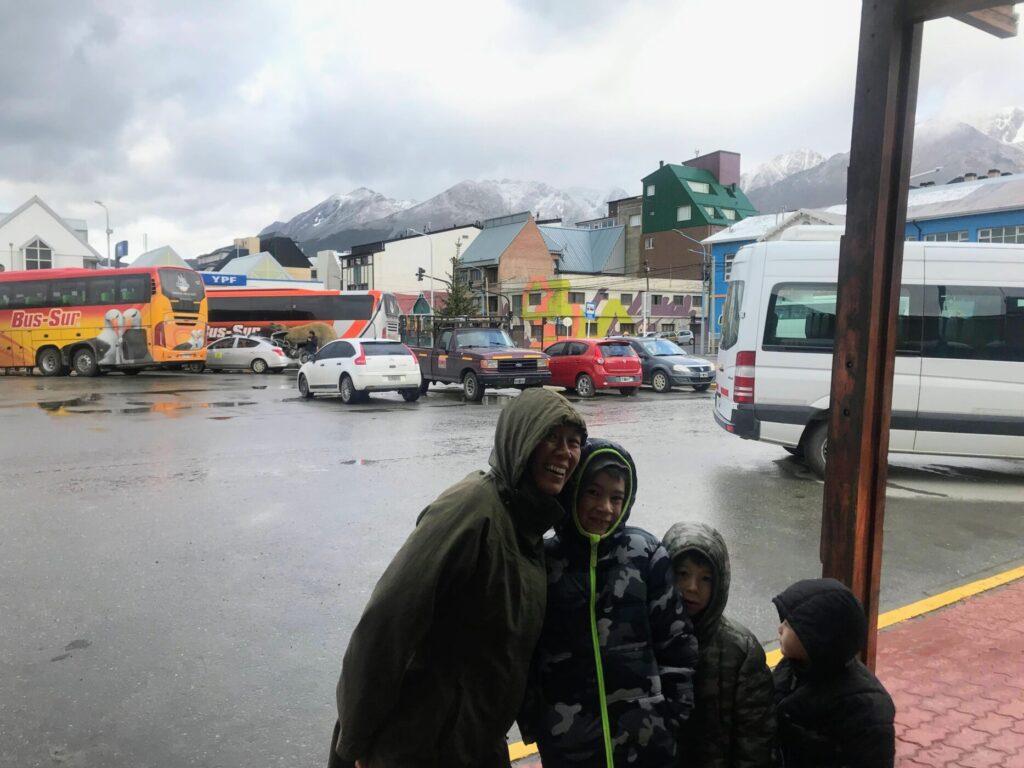
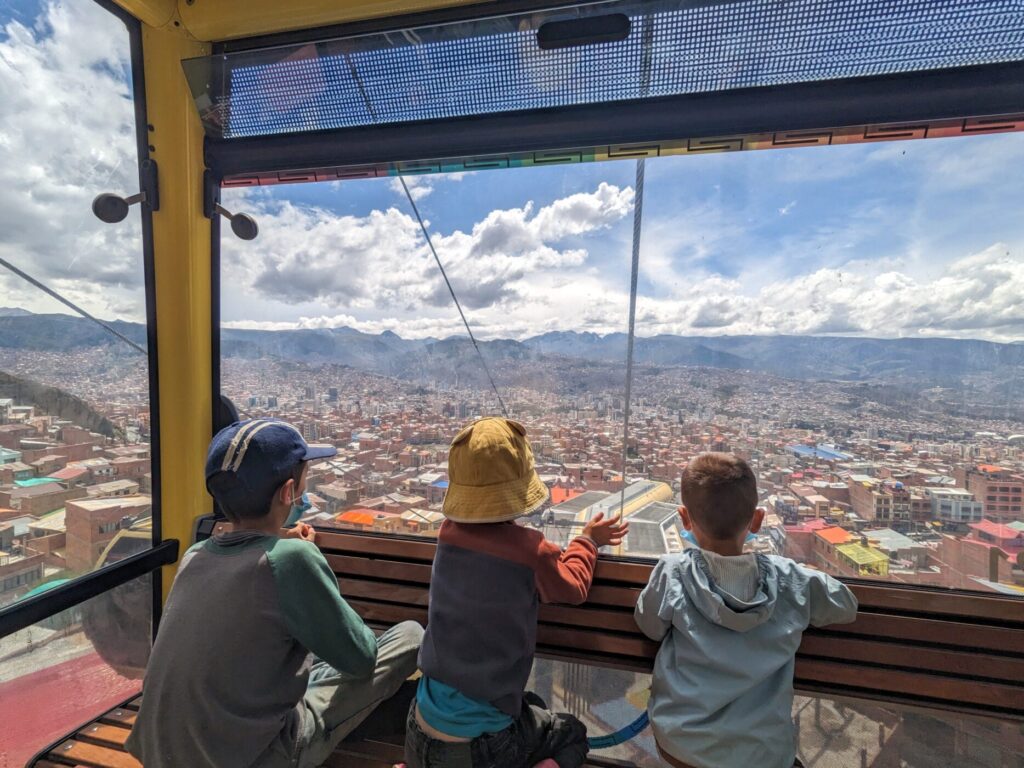
2. Fresh Fruit Juice for Every Meal
Strawberry smoothies, lulo / naranjilla, iced watermelon, icy cold lemonade infused with lemongrass — and my personal favorite: passion fruit in milk. If you are being served any of those fresh in the United States, you are probably at a specialty fruit juice store and forking over enough money to buy an entire lunch.
In South America, everywhere we went, fresh fruit juice (usually blended with ice and made on the spot) was a menu standard. And, despite the effort involved, it cost no more than a bottle of manufactured flavored corn syrup (i.e. Coke, Brisk, etc.). This is what causes us to salivate when we reminisce about South America.
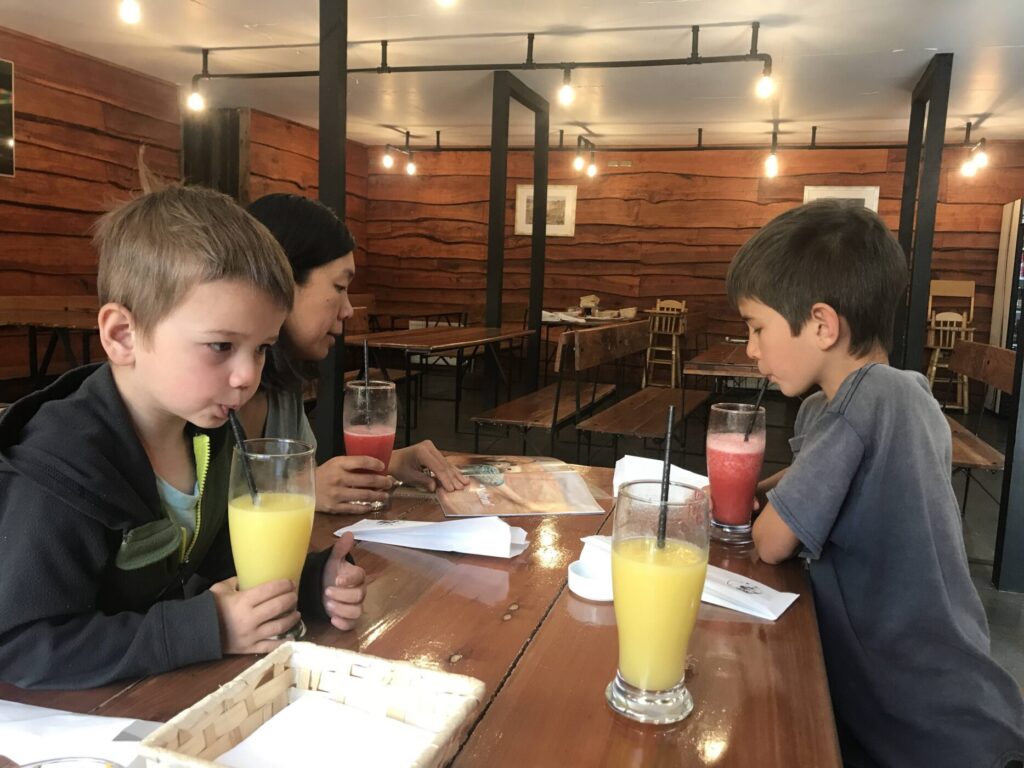
3. Lower Carbon Footprint
This is a kind of anti-luxury. But one of the benefits of having no clothes dryer, no heating and air conditioning, no hot water heater and various other missing conveniences is knowing that you’re contributing very little greenhouse gas to the environment. This is no small thing if you’re concerned about climate change and your own role in it.
The difficulty is, even if you care deeply about the issue, it’s nearly impossible to transcend the society you live in. The creature comforts of home, where your food comes from, and various other factors are determined by where you live. It’s as easy to live a low carbon lifestyle in the South as it is difficult to reduce your footprint in the North. Living in smaller homes, where simplicity is the default, we saw how possible it is. Provided that all your neighbors live the same way.
Related Articles: More Sustainable Doesn’t Have to Equal Less Comfort and Uruguay Is Probably Not on Your Bucket List. Should It Be?
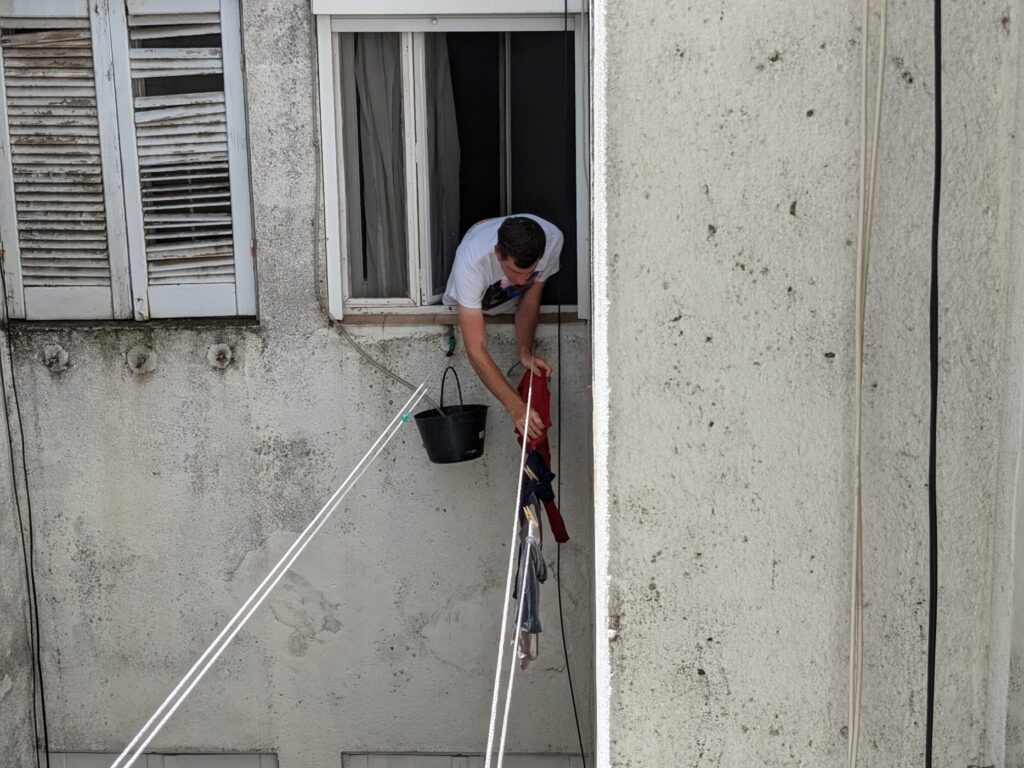
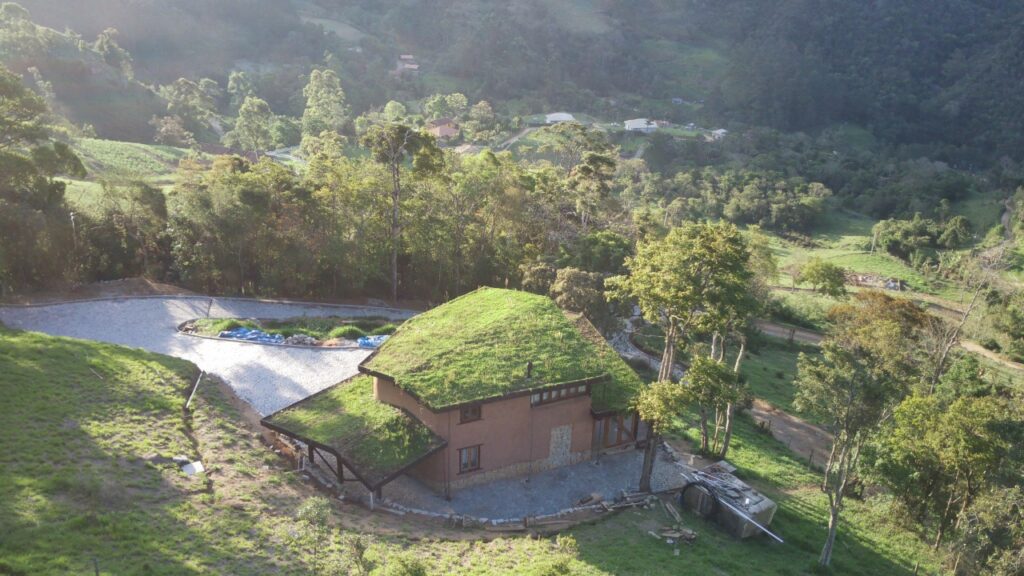
4. Novel Landscapes
I’m not just talking about pleasant or picturesque. Many of the places we visited seemed like landing on a mythical planet. Mountain ranges reaching the heavens, menacing volcanos, every size and configuration of waterfall you can imagine, remote roadways that soared through the clouds. The wonders of Torres del Paine in southern Patagonia. The most stunning beaches in Brazil.
Not that the U.S. doesn’t have its wonders. From Chicago, however, it requires a minimum full-day monotonous drive to see anything more wondrous than sand dunes.
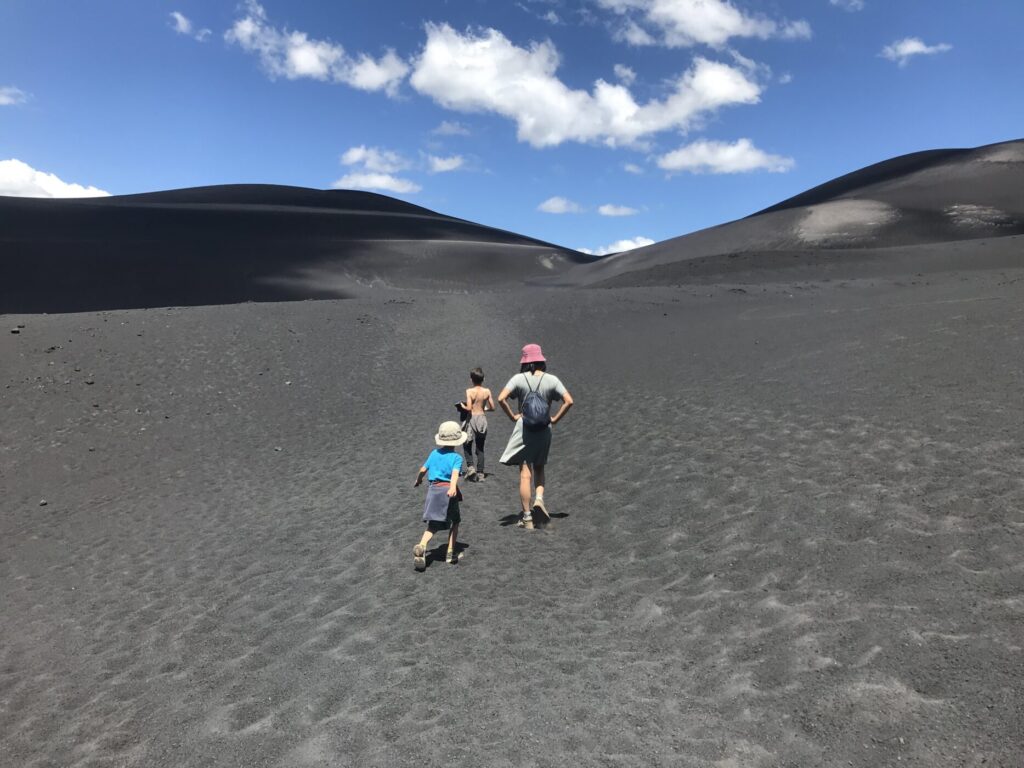
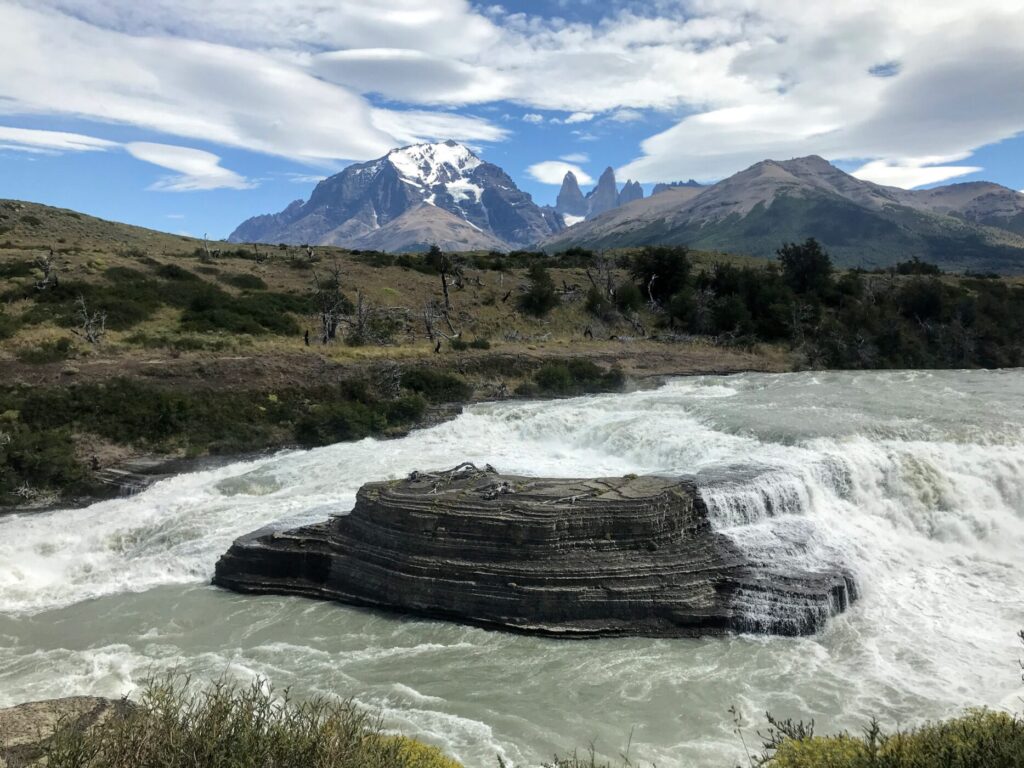
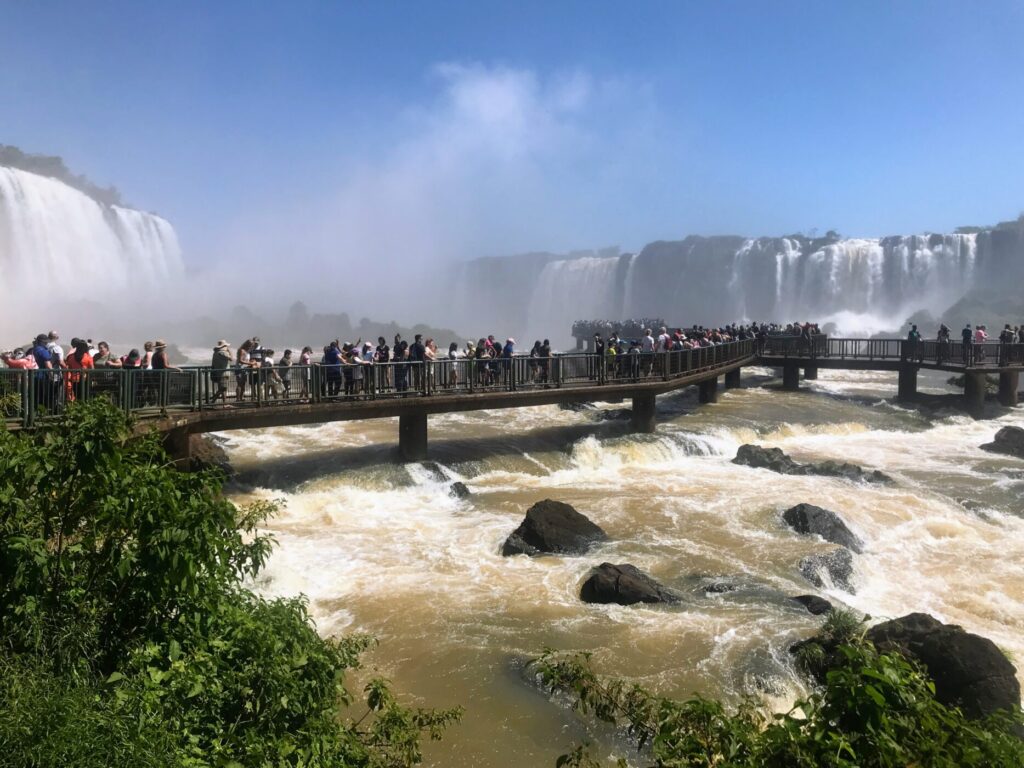
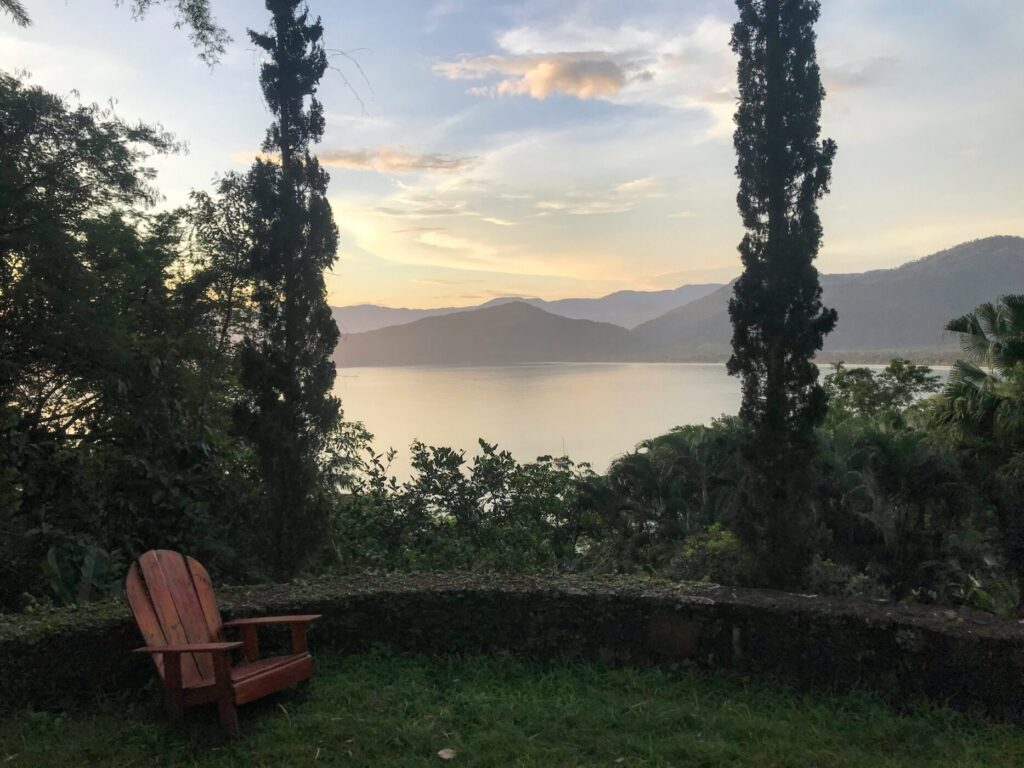
5. Mom & Pop Shops and Traditional Markets
One the items I wrote about positively in my listicle, U.S. luxuries that are rare in South America, was big box stores. Especially at the beginning, it seemed so hard to find things when all the available stores were tiny and narrowly focused. One store had only cooking pots. Another only sold plumbing fittings. Where does one find a cooking thermometer to replace the one I accidently melted on the side of a pot while frying donuts? (A real life example, by the way.)
But over time, I began to appreciate this market economy for a number of reasons. For one thing, it seems preferable for the people running the stores. Imagine, instead of everyone having to work for a boss at a Walmart, a Home Depot, or an Amazon warehouse — making as little as legally possible — all those people get to run their own shop. They have autonomy over their schedules, closing their shop or subbing in a family member as needed.
From the buyer’s end, it’s nice knowing that all the profits are going to a neighbor, rather than trickling up to a few uber-rich dudes.
Another reason, which may seem contradictory, is convenience. I found ticking off a grocery list at a traditional market to be extremely efficient. Why? It’s easy to find what you’re looking for, all the individual stalls selling fruit, for example, clump together. Plus, all those sellers are falling over themselves to help you find what you’re looking for. No scouring the store for an associate. Plus, you pay right on the spot. No waiting at checkout.
And finally, you come to delight in all the quirkiness and creativity. Like the stand we stopped at selling mote con huesillo (barley with dried peach) on a desolate gravel mountain road in Chile. After our drink, the husband showed us his woodshop across the street where he carved wooden bowls and stools. The quirkiness is a natural byproduct of every shop being run by a different human being, managing things according to their taste. I realized how much I missed those mom and pop shops once I came home and reentered those same old soulless big box stores.
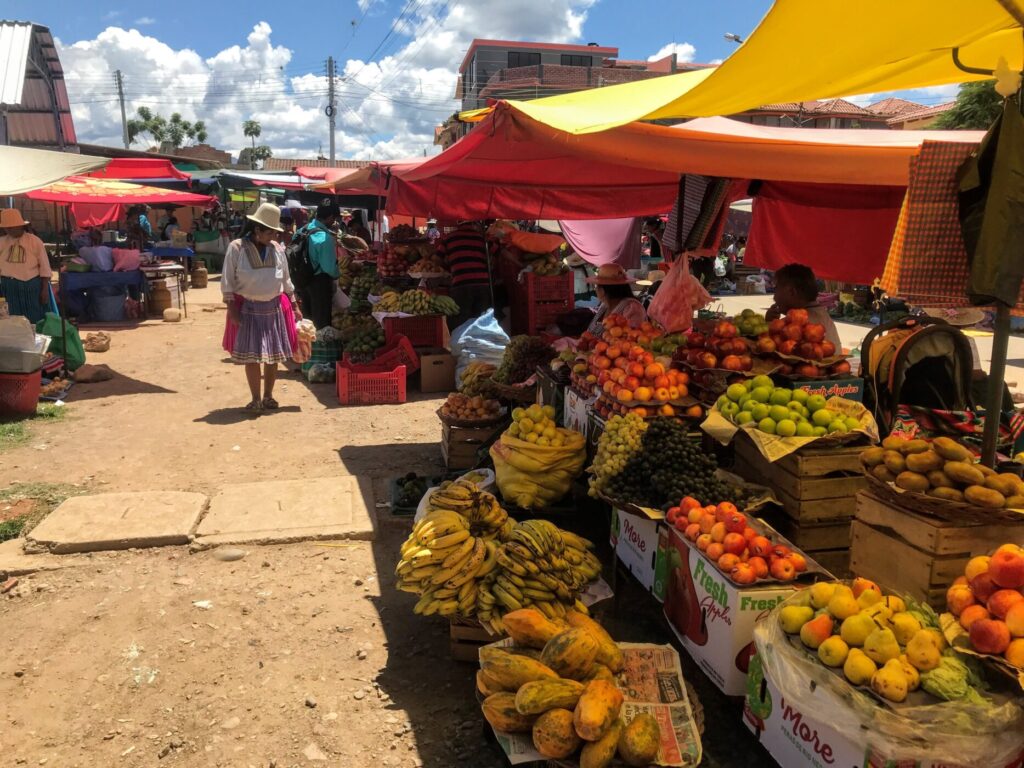
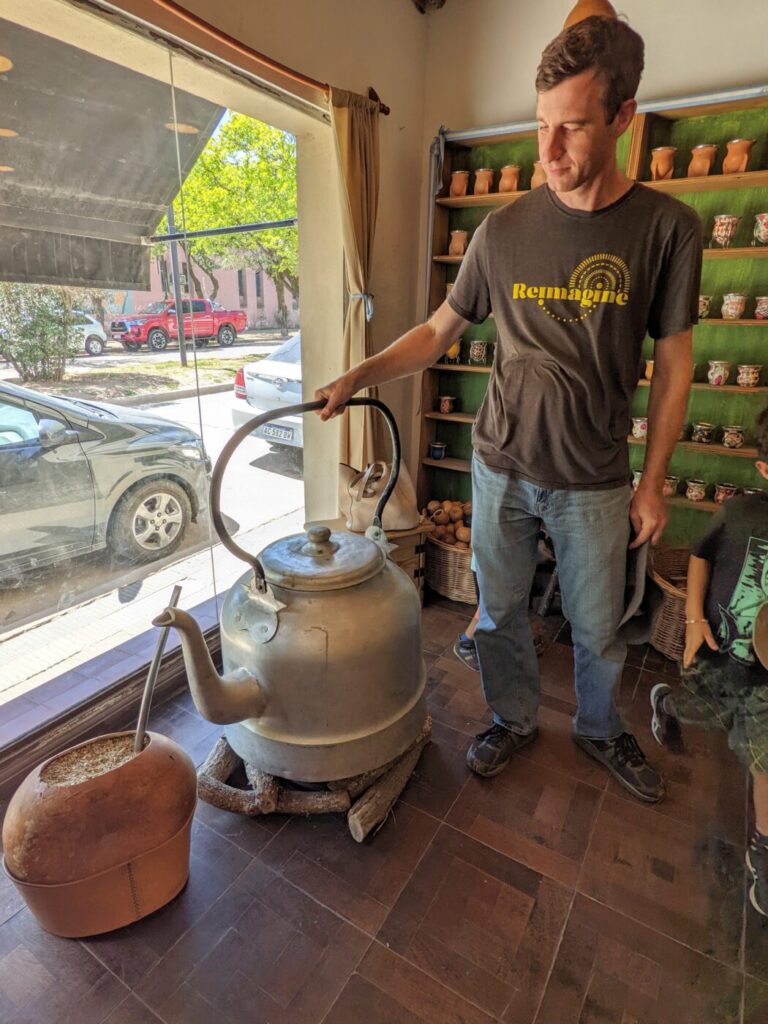
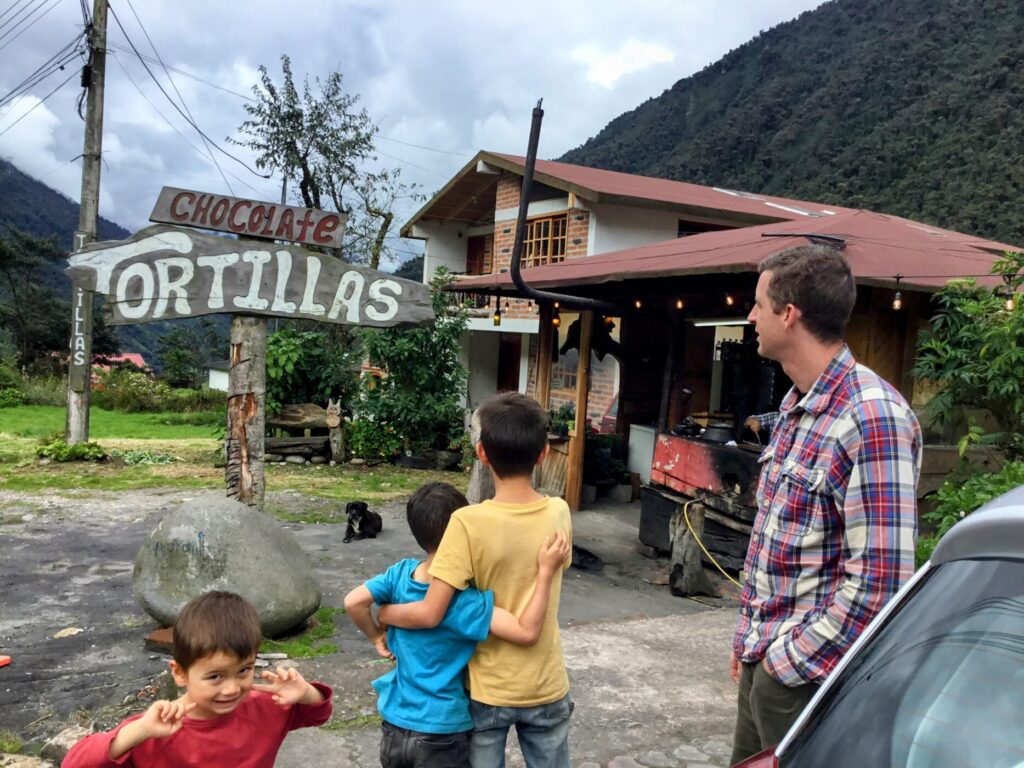
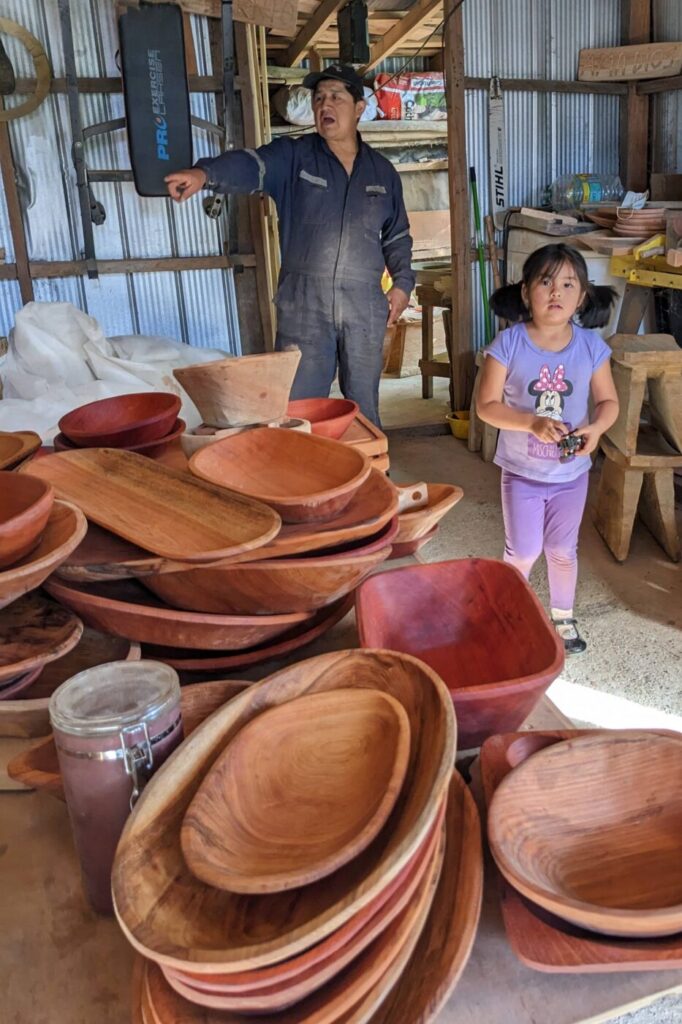
6. Simpler Pricing
In the U.S., they must think consumers are idiots. Who is really tricked into thinking that $99.99 is meaningfully less than $100? In fact, it’s always more with sales tax. What it does do — pricing to the penny, not including sales tax in the price — is make it all but impossible to figure out what you’re going to spend if you pick more than two items off the shelf. Of course, that’s probably why they do it.
And that’s just retail stores. Don’t get me started on junk fees tacked on to airline tickets, hotels, and restaurants. (Does that service fee on my bill count as a tip?)
Everywhere I’ve seen in South America, people price things like a child running a lemonade stand: $1, $5, $1.50 if they must. None of this fiddling around with pennies. Usually, things like food and every day items don’t come with sales tax. Tips aren’t expected in restaurants. In other words, it requires way less cognitive load. Everything is straightforward. (Caveat: none of this applies to airlines or car rental agencies down there. Watch out for those guys.)
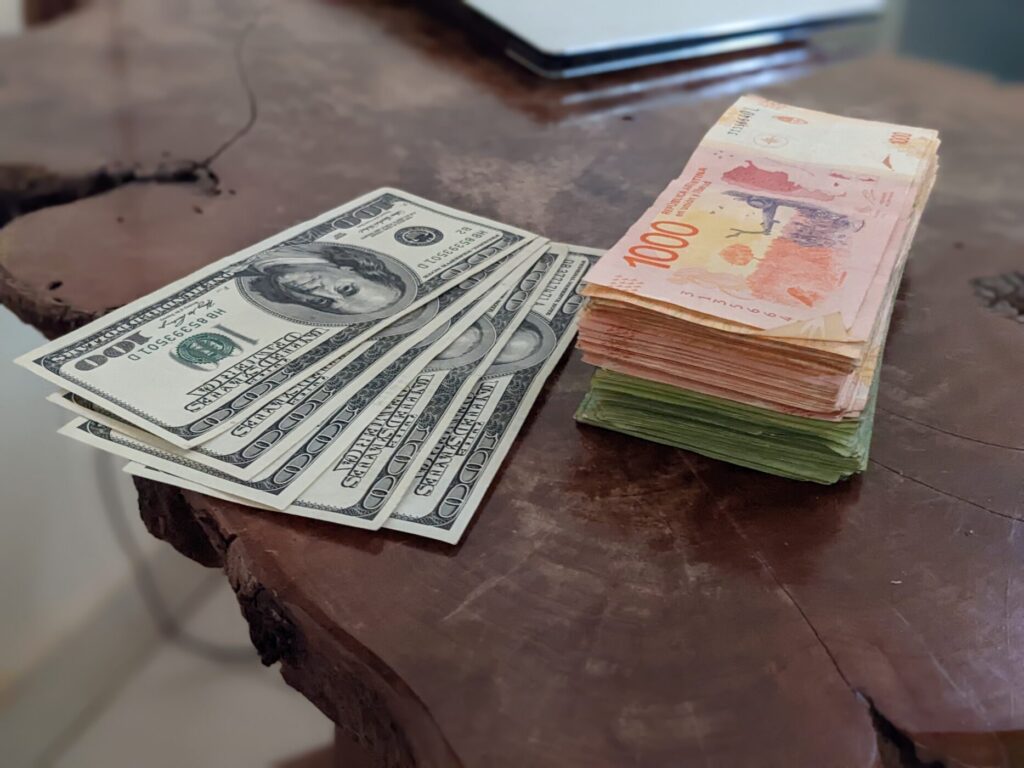
7. Everyone Has Time
This is probably a big generalization. But I thought a lot about the different ways that Latin Americans and North Americans relate to time. In particular, reading the book Four Thousand Weeks: Time Management For Mortals stoked my curiosity about this aspect of our culture. (I highly recommend that book.)
Most of us immediately go to the stereotype of Latin Americans always showing up late. But here I wish to mention a positive aspect about Latin American time. Namely, you can “interrupt” someone at any time of day and they will stop what they are doing and invite you in for coffee, mate, coca leaves or just to sit and chat. No need to call ahead, just show up.
This also manifests itself in more formal settings. Airports come to mind. Ignorant about the process? Your questions and foibles won’t provoke the same irritation they do here in the States. (I found this out the hard way in the Orlando airport, on our way home, when I hesitated because I was unsure if I was in the right security line. But that’s another story.)
Over time, I felt less conscientious about “bothering” people and less pressure to devote my energy to the most efficient task on hand.
8. No Daylight Savings Time
In the U.S., DST is annoying enough (especially if you already struggle with insomnia). But in the southern hemisphere, DST is downright counterproductive. Instead of an extra hour of sunlight tacked onto the summer evening, that extra hour would wind up in the early morning, because everything regarding sunlight is opposite south of the equator. Therefore, they do not partake. Time is continuous always and forever.
I got to live an entire year without the annoyance of changing bed times. And maybe I’ll live slightly longer because of it.
9. Proximity to the Cultivation of the World’s Finest Food Products
I’m referring, of course, to coffee and chocolate. Liuan would probably add all the popular and lesser known tropical fruits.
One of our most memorable tours was a on a family chocolate farm in the Amazon region of Ecuador where we made a leaf-imprinted chocolate bar from raw cocao beans. On another chocolate tour, we made the ancient xocoatl drink in the traditional way, to the soundtrack of a live musician.
One wouldn’t think you could get sick of coffee tours, but we accomplished just that. After the sixth one in my lifetime. If you ever have a nagging question about how coffee comes to be, just ask. I probably know the answer.
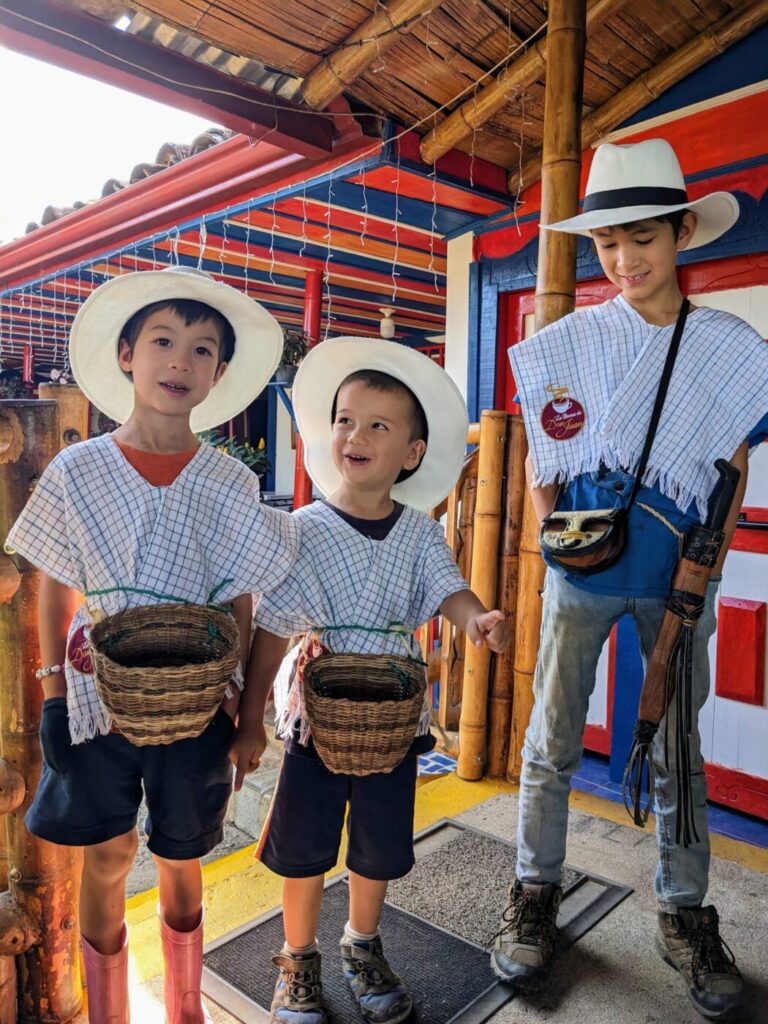
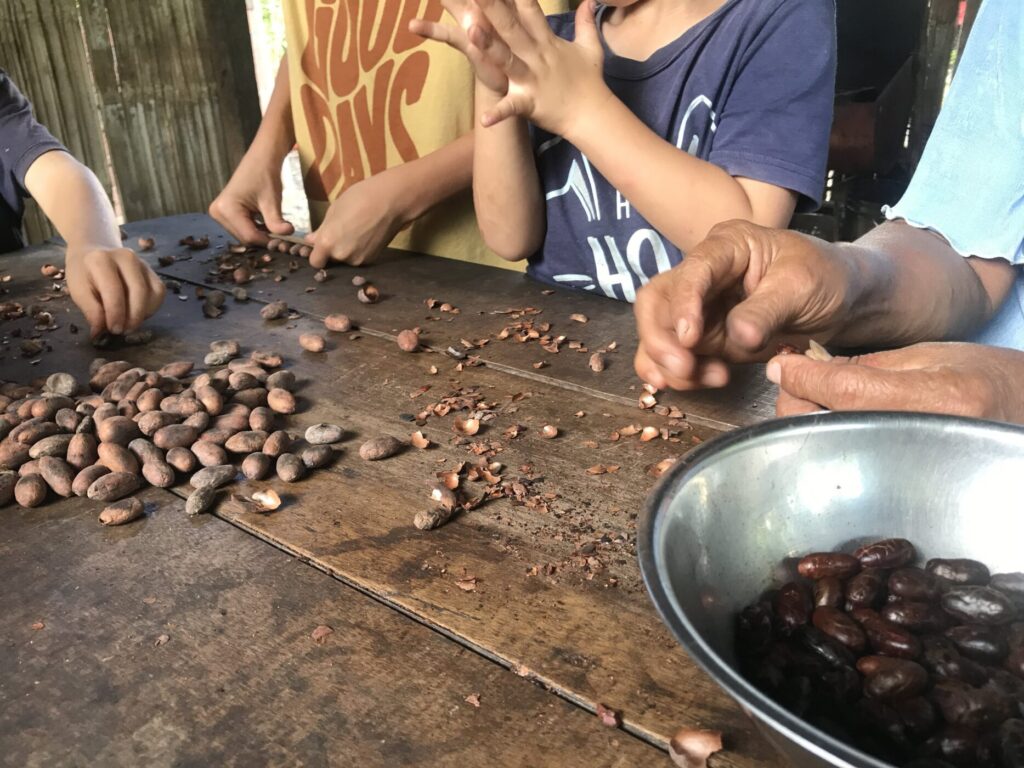
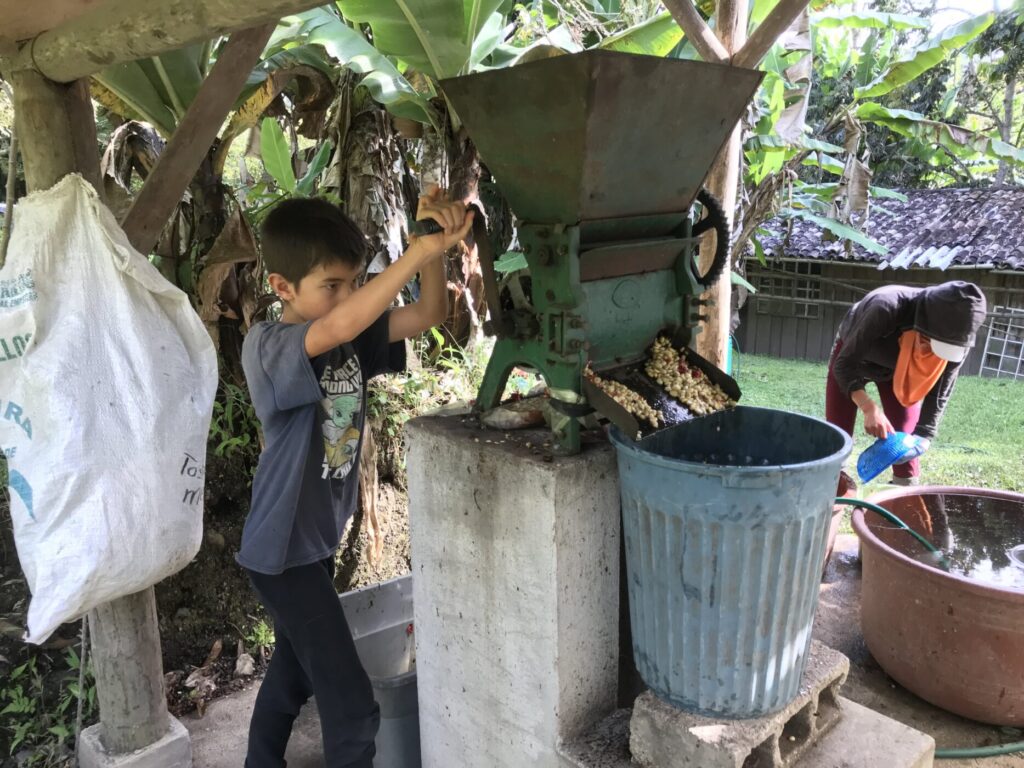
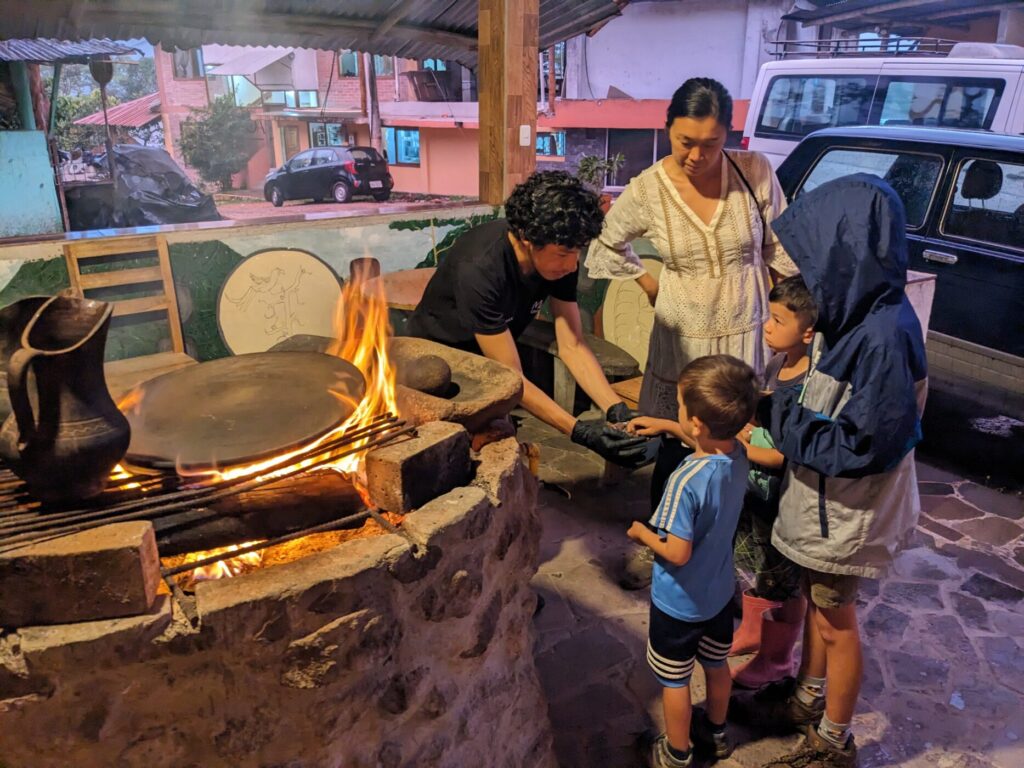
10. Repair Anything
So, let me tell you about this one time in Bolivia where I was dangerously close to losing the sole of my shoe. I tried to solve the problem on market day, hunting down the shoe seller stalls. But alas, nobody had a shoe larger than a US men’s size 7. I’m a US men’s size 12. Not even worth trying on, just in case.
Then we remembered the shoe repair guys in the central market (different from the street market on Mondays, they’re open every day). So, being my only choice, I gave it a shot. The repair guy sewed the sole back onto the top part. Patched the holes in the toes. Reinforced a grommet. Those shoes lasted me three more months. They were only three months old at that point, so he doubled their lifespan.
Later on, in the same town (Mizque, Bolivia) I rode around with the host of our farm stay. Most of his errands consisted of dropping off or picking up items to be repaired. A power tool here. An electric kettle there.
The cost of repair was always super cheap. And it sure beat throwing stuff away.
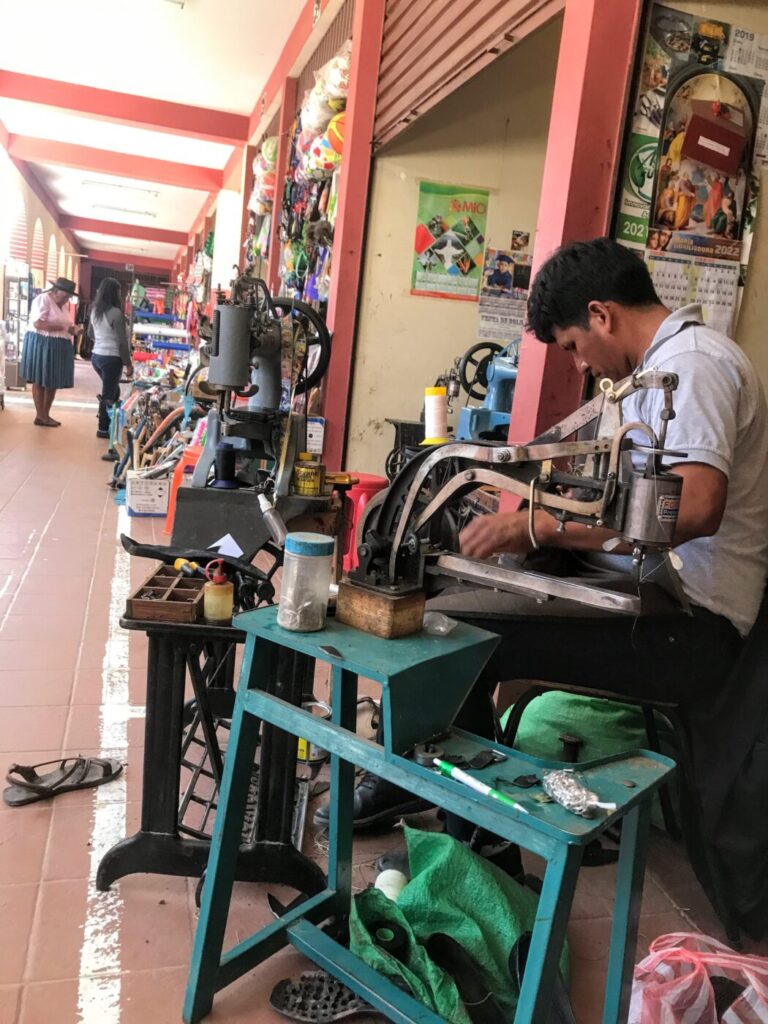
11. Lunch Ain’t Free, But It’s Pretty Close!
In almost every country we visited (Uruguay might have been the exception) there were typical dishes that sold for $2-$4 for an entire lunch. They usually consisted of a lot of starch — rice, plantain, french fries, yucca being the main ones — a cut of meat, and maybe some iceberg lettuce. It wasn’t always what you wanted to eat every time, but it was nice as an option for feeding a traveling family of five on a budget.
